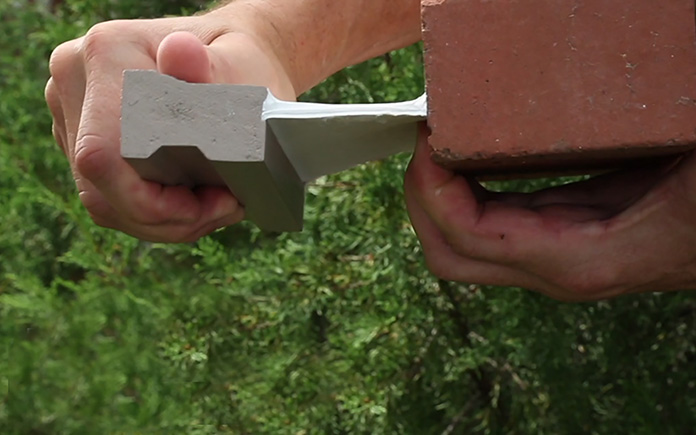
The once-simple act of buying a tube of caulk has become a frustrating challenge for DIYers and professional contractors alike.
Walk into any home center or hardware store and you’ll find a dizzying array of caulks, sealants, adhesives, cements and mastics designed to seal gaps, fill cracks, plug holes and bond to various building materials.
The result of all these options is that it’s often difficult to find the most appropriate caulk for your specific project.
But, within the sea of caulking tubes lining the store shelves is a family of superior products known as elastomeric sealants.
About Elastomeric Sealants
Elastomeric sealants have a well-earned reputation for being extremely durable, tenaciously strong, and easy to apply. And, once fully cured, they’re resilient, yet flexible to accommodate any expansion and contraction, a phenomenon known as dynamic joint movement.
These sealants can be used indoors or out and will bond to virtually any building material, including wood, steel, stone, tile, brick, glass, plastics and vinyl.
Most importantly, elastomeric sealants are highly resistant to seasonal movement and long-term exposure to the elements, which are the top two reasons why most caulks fail.
And they’re especially effective when bridging a gap between two dissimilar materials, such as vinyl siding and wood trim, which tend to expand and contract at different rates based on temperature and humidity.
When you’re sealing a joint that must stay sealed, you need an elastomeric sealant.
Choosing the Right Sealant for the Job
Several types of elastomerics—including both polymer and acrylic-based—are formulated to meet the needs of specific tasks.
Here’s a brief look at the six most popular types:
- To stop cold drafts from blowing into your home, use a window-and-door elastomeric sealant, which will provide a weatherproof seal against wind and rain. Apply a continuous bead of sealant around window and door frames and between any house trim and siding. This specially formulated elastomeric will bond to all types of siding and trim boards, including wood, composites and cellular PVC.
Be sure the window-and-door elastomeric sealant you buy can be applied in low temperatures, has zero shrinkage, and is either paintable or available in a wide range of colors. For example, Titebond WeatherMaster Sealant comes in over 200 colors!
- Rain gutters and downspouts typically have several joints and seams that can—and often do—eventually spring a leak. Fortunately, there are elastomerics designed to plug leaks in any gutter system, including those made of aluminum, vinyl, galvanized metal, wood or copper.
Titebond WeatherMaster Gutter & Seam Sealant is a long-lasting, extreme-weather polymer elastomeric that can be applied in temperatures as low as 0° F, and once cured, can withstand temperatures ranging from -75° to 300° F. And unlike many other caulks, Titebond WeatherMaster Gutter & Seam Sealant will adhere to Kynar, which is a fluoropolymer resin coating applied to many types of metal gutters.
- And for all other jobs, use a multi-purpose elastomeric, such as Titebond DuraMaster Sealant. This sealant can be used for a wide variety of caulking tasks, both inside and out. It forms a durable bond to virtually any clean surface, and can span gaps up to 2 inches wide. Plus, it’s crack-proof, mold and mildew resistant, paintable, cleans up with water, and comes in 13 colors.











